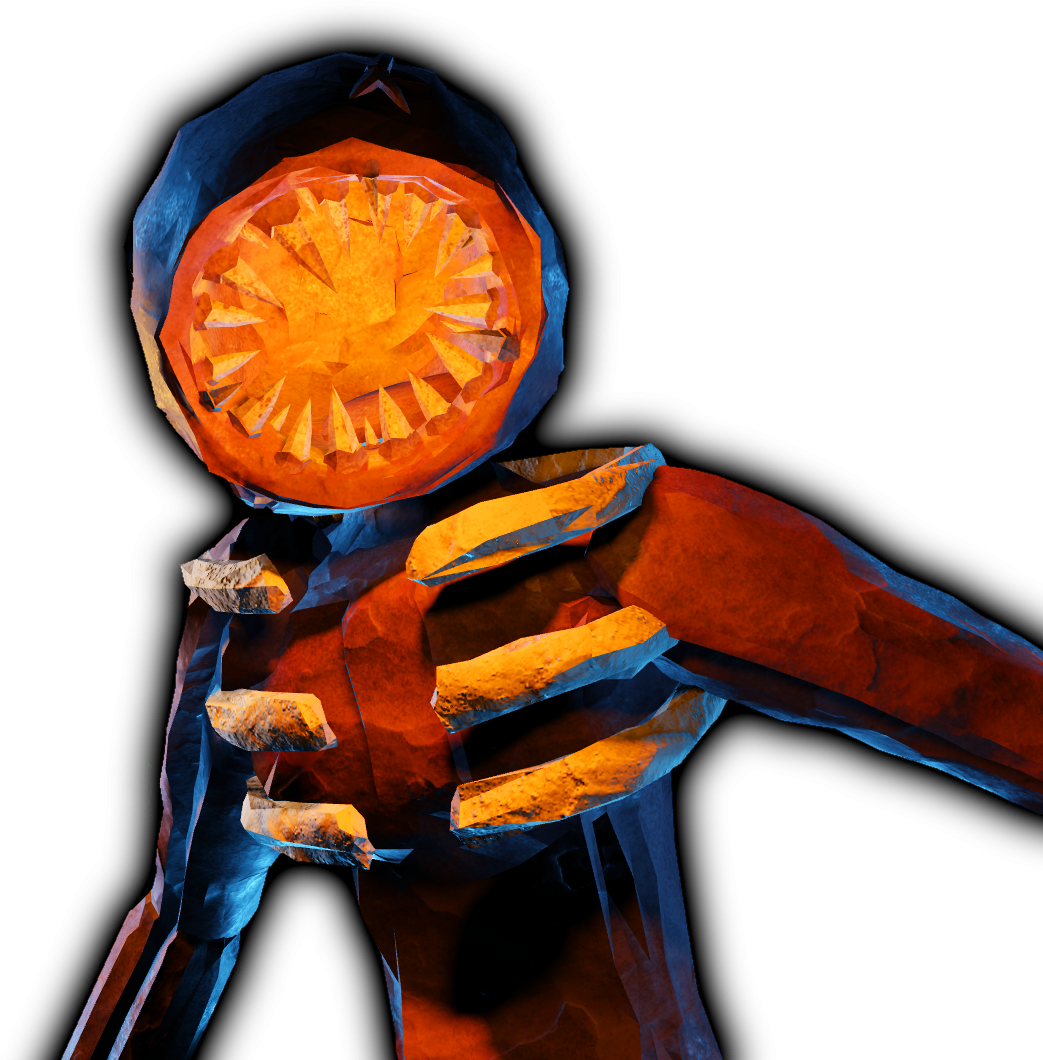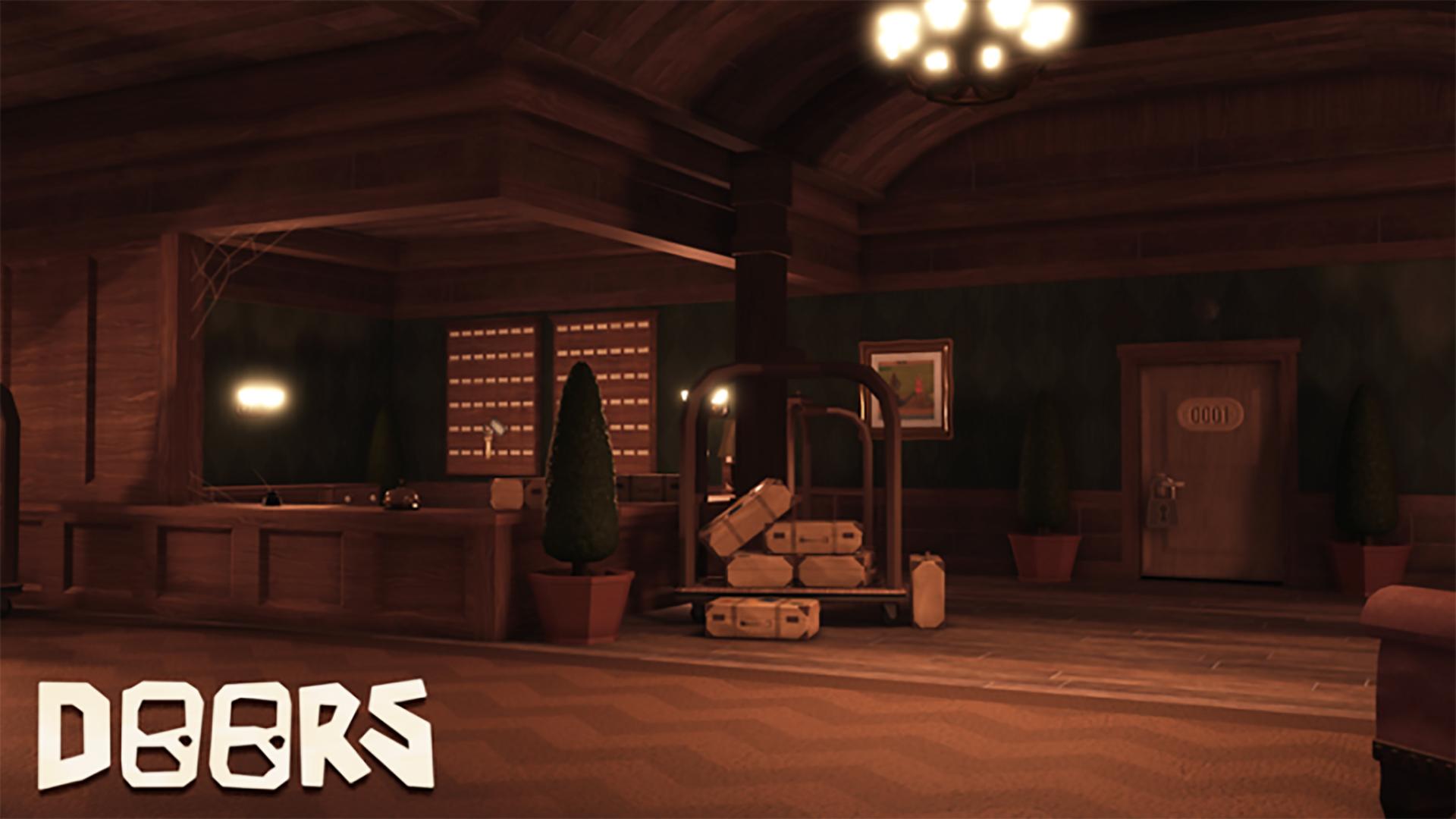Getting To Know The Doors Members: The Creative Minds Behind A Legendary Sound
Have you ever wondered about the people who shaped the sound of The Doors? That, is, a truly captivating question for anyone who loves music. This group, with their unique blend of blues, rock, and poetry, certainly left an unforgettable mark on the music scene. Their songs still echo through generations, holding a special place in many hearts, and you know, that's pretty cool.
It's almost like their tunes speak to something deep inside us, don't they? The way they put sounds and words together, it just sticks with you. So, understanding the individual spirits who made up this iconic band can really open up a new appreciation for their work. Each person brought something very distinct to the table, creating a whole that was truly bigger than the sum of its parts, more or less.
This article will pull back the curtain a little on The Doors members, giving you a closer look at the four individuals whose talents combined to create such a powerful and enduring legacy. We'll explore who they were, what they did, and how their distinct contributions blended into that unmistakable Doors sound, so you can get a better sense of their journey.
Table of Contents
- Jim Morrison: The Enigmatic Frontman
- Ray Manzarek: The Keyboard Wizard
- Robby Krieger: The Guitar Innovator
- John Densmore: The Rhythmic Anchor
- Their Collective Magic: How They Fit Together
- Frequently Asked Questions About The Doors Members
Jim Morrison: The Enigmatic Frontman
When people think of The Doors, often the first person who comes to mind is Jim Morrison. He was, to many, the very face and voice of the band, a truly captivating presence. His stage performances were, you know, quite something, full of energy and a kind of raw feeling. He had a way of drawing everyone in, making them feel every word he sang, which is pretty amazing.
Personal Details & Background
Jim Morrison's beginnings were rather, shall we say, a bit unsettled. His father was in the military, so the family moved around quite a bit. This early life, some might say, contributed to his later wanderlust and a certain kind of restlessness in his art. He found his way to film school in California, where the idea of The Doors first began to take shape. It's interesting how these early experiences can shape a person's path, you know?
| Full Name | James Douglas Morrison |
|---|---|
| Role in Band | Lead Vocalist, Lyricist |
| Born | December 8, 1943 |
| Died | July 3, 1971 |
| Hometown | Melbourne, Florida (though moved often) |
| Signature Traits | Poetic lyrics, charismatic stage presence, leather attire |
His Role and Influence
Jim was the main person writing the words for most of The Doors' songs. His lyrics were often very deep, full of imagery and ideas that made you think. He was a poet at heart, and he brought that feeling into every song. On stage, he had a way of connecting with the crowd that was, you know, almost spiritual. He could be unpredictable, too, which just added to his allure. He really pushed the boundaries of what a frontman could be, more or less.
Ray Manzarek: The Keyboard Wizard
If Jim was the voice, then Ray Manzarek was very much the band's musical backbone. His keyboard playing wasn't just accompaniment; it was the foundation of The Doors' sound. Without a bass player in the traditional sense, Ray's left hand on the organ often filled that role, giving the band its distinctive deep, rich sound. He was, honestly, a genius with those keys, creating textures and melodies that were truly unique.
Personal Details & Background
Ray came from Chicago, a city with a strong blues tradition, and you could hear that influence in his playing. He had a background in classical piano but also loved blues and jazz, which he blended together in his own way. He met Jim Morrison at UCLA film school, and it was Ray who first suggested they form a band after hearing Jim's poetry. He was, in a way, the one who saw the potential and really got things going. That's pretty cool, if you think about it.
| Full Name | Raymond Daniel Manzarek Jr. |
|---|---|
| Role in Band | Keyboards, Vocals, Bass (on organ) |
| Born | February 12, 1939 |
| Died | May 20, 2013 |
| Hometown | Chicago, Illinois |
| Signature Traits | Organ bass lines, distinct keyboard riffs, jazz and classical influences |
His Musical Contributions
Ray's playing was incredibly versatile. He could lay down a solid rhythm, create spooky, atmospheric sounds, or play a bright, catchy melody all within the same song. He used a Vox Continental organ and later a Gibson G-101, which helped define the band's sound. His improvisational skills were also top-notch, allowing the band to stretch out and explore during live shows. He was, basically, a whole rhythm section and a lead instrument all rolled into one, which is kind of amazing.
Robby Krieger: The Guitar Innovator
Robby Krieger brought a completely different flavor to The Doors' sound with his guitar work. Unlike many rock guitarists of the time who relied on heavy distortion, Robby's playing was often clean, melodic, and full of interesting textures. He was, in fact, a master of fingerstyle playing, which gave his solos a unique, almost flamenco-like quality. His approach to the instrument was, you know, very fresh and original.
Personal Details & Background
Robby had a background in flamenco and classical guitar, which isn't what you'd typically expect from a rock musician. This diverse training really showed in his playing, giving The Doors a sound that stood out from other bands. He also wrote or co-wrote many of the band's famous songs, including "Light My Fire," "Love Me Two Times," and "Touch Me." He was, basically, a quiet force within the group, yet his contributions were huge. He's still around today, making music, which is pretty cool to hear.
| Full Name | Robert Alan Krieger |
|---|---|
| Role in Band | Guitarist, Songwriter |
| Born | January 8, 1946 |
| Hometown | Los Angeles, California |
| Signature Traits | Fingerstyle guitar, diverse influences (flamenco, blues, jazz), melodic solos |
His Unique Style
Robby's guitar playing was rarely about flashy, fast runs. Instead, he focused on mood and melody, creating parts that truly served the song. He could play bluesy riffs, intricate solos, or even psychedelic soundscapes, all with a distinctive touch. His ability to blend different styles into a cohesive whole was, in a way, one of the band's secret weapons. He was, truly, an artist who painted with sound, and you can really hear it in their songs.
John Densmore: The Rhythmic Anchor
John Densmore, the drummer, provided the steady pulse that held The Doors together. While the other members often explored free-form improvisation, John's drumming was the anchor, keeping them grounded. He was, like, the quiet backbone of the band, ensuring their experimental sounds still had a beat you could feel. His approach to rhythm was, you know, very thoughtful and precise.
Personal Details & Background
John also had a background in jazz, which influenced his drumming style. He didn't just play a simple rock beat; he incorporated subtle fills, dynamic changes, and a real sense of musicality into his drumming. He was also a strong advocate for the band's artistic integrity, often pushing back against commercial pressures. He was, you know, a principled person, and that came through in his work and his life outside the band. He is, in fact, still very much with us today.
| Full Name | John Paul Densmore |
|---|---|
| Role in Band | Drums, Percussion |
| Born | December 1, 1944 |
| Hometown | Los Angeles, California |
| Signature Traits | Jazz-influenced drumming, subtle dynamics, rhythmic precision |
Keeping the Beat
John's drumming wasn't always flashy, but it was always effective. He understood how to support the other musicians, providing a foundation that allowed them to take risks. He used a relatively simple drum kit but got a wide range of sounds from it. His ability to play with both power and sensitivity was, honestly, a key part of The Doors' dynamic sound. He was, basically, the steady hand that kept everything moving forward, even when things got a little wild.
Their Collective Magic: How They Fit Together
The true wonder of The Doors members wasn't just their individual talents, but how those talents blended together. Jim's words, Ray's keyboard landscapes, Robby's distinct guitar lines, and John's solid yet expressive drumming created something truly unique. They didn't have a bass player in the usual sense, which forced them to find new ways to create a full sound. This limitation, in a way, actually pushed their creativity. They were, you know, a group of individualists who somehow found a way to make something cohesive and powerful.
Their creative process was often collaborative, with ideas flowing freely among them. Jim would bring in poetry, and the others would build music around it, or someone would come up with a riff, and Jim would find words to fit. This back-and-forth, this kind of shared creation, is really what made their songs so special. It was a true give and take, and you can hear that in the way their music feels so organic, so, you know, natural. To learn more about their musical journey on our site, you can explore other articles that dive deeper into their albums.
The chemistry between these four people was undeniable. They challenged each other, pushed each other, and in doing so, they created music that continues to resonate today. Their live performances were legendary because of this interplay, where each member was listening and reacting to the others. It was, basically, a conversation in sound, a very intense one at that. They really understood how to make a song breathe, which is a rare gift, and you can find more details about their live shows by linking to this page here.
Even after Jim Morrison's passing, the remaining members continued to explore music, a testament to their deep connection and shared passion. Their legacy, however, remains firmly rooted in those powerful years when all four were creating together. It's a reminder that sometimes, the right combination of people can create something truly extraordinary, something that lasts for generations, and that's pretty cool, actually.
The enduring appeal of The Doors isn't just about the songs themselves; it's also about the story of these four individuals who came together to make them. Their personalities, their skills, and their shared vision created a sound that was ahead of its time and still feels fresh today. It’s, in a way, a timeless tale of artistic collaboration, and it's something people still talk about quite a bit. You can find more information about the band's history and impact on music at the official The Doors website, TheDoors.com, which is a great resource for fans.
Frequently Asked Questions About The Doors Members
Who were the 4 members of The Doors?
The four core members of The Doors were Jim Morrison, who was the lead singer; Ray Manzarek, who played keyboards and often handled the bass lines on his organ; Robby Krieger, who played guitar; and John Densmore, who was the drummer. These four were the ones who created all the classic albums and songs, you know, the ones everyone remembers.
Did The Doors have a bass player?
No, The Doors did not typically have a separate bass player in the traditional sense. Instead, Ray Manzarek, the keyboardist, played the bass lines on a Fender Rhodes Bass keyboard or on the bass register of his organ. This unique setup gave The Doors a very distinct sound, which is, you know, part of what made them so different.
Are any of The Doors still alive?
As of today, two of the original members of The Doors are still with us. Robby Krieger, the guitarist, and John Densmore, the drummer, are both still alive. Jim Morrison, the singer, passed away in 1971, and Ray Manzarek, the keyboardist, passed away in 2013. It's, you know, pretty special that we still have two of them around.

The Rooms | DOORS Wiki | Fandom

Doors Figure Wallpapers - Wallpaper Cave

Roblox Doors Wallpapers - Top Free Roblox Doors Backgrounds